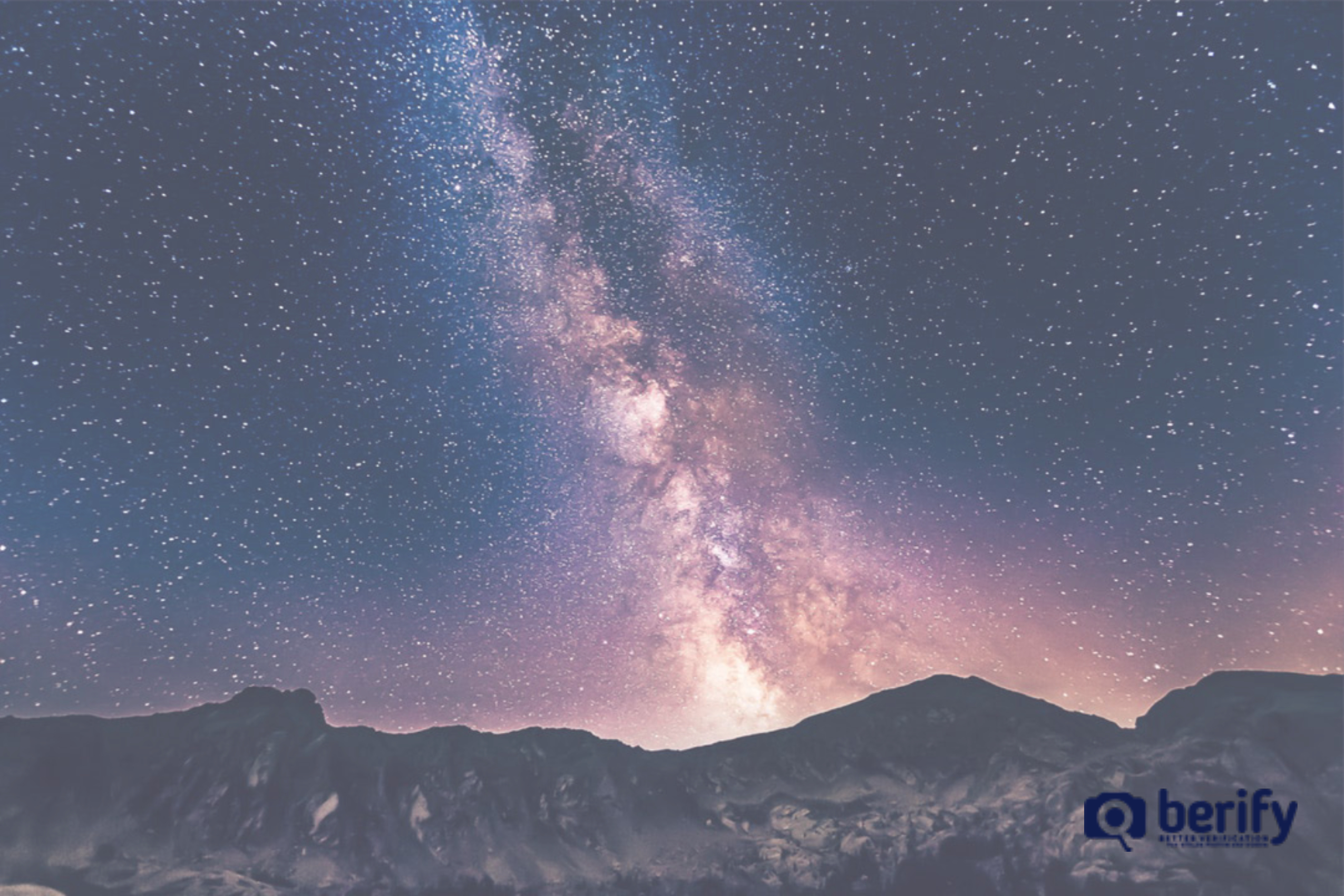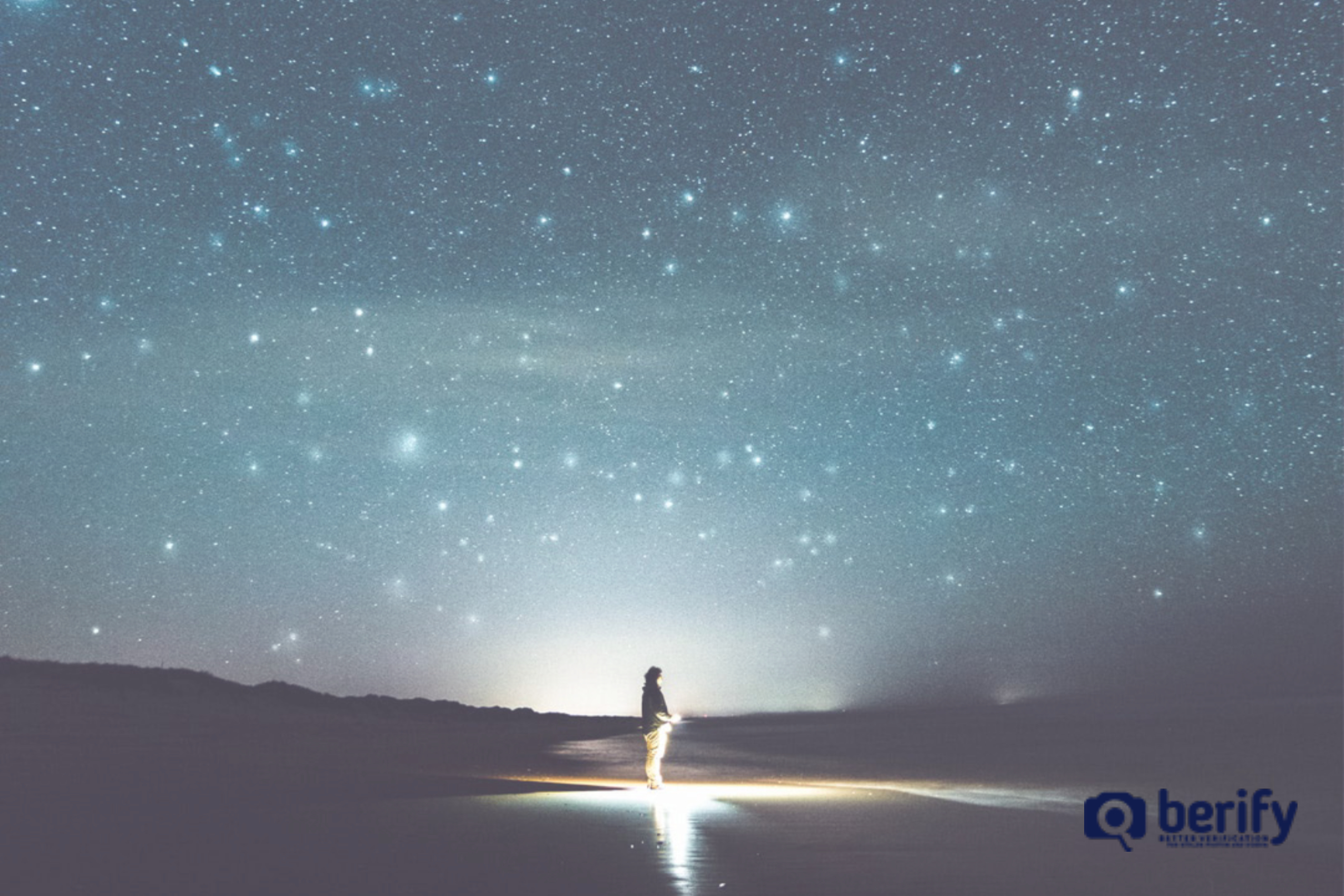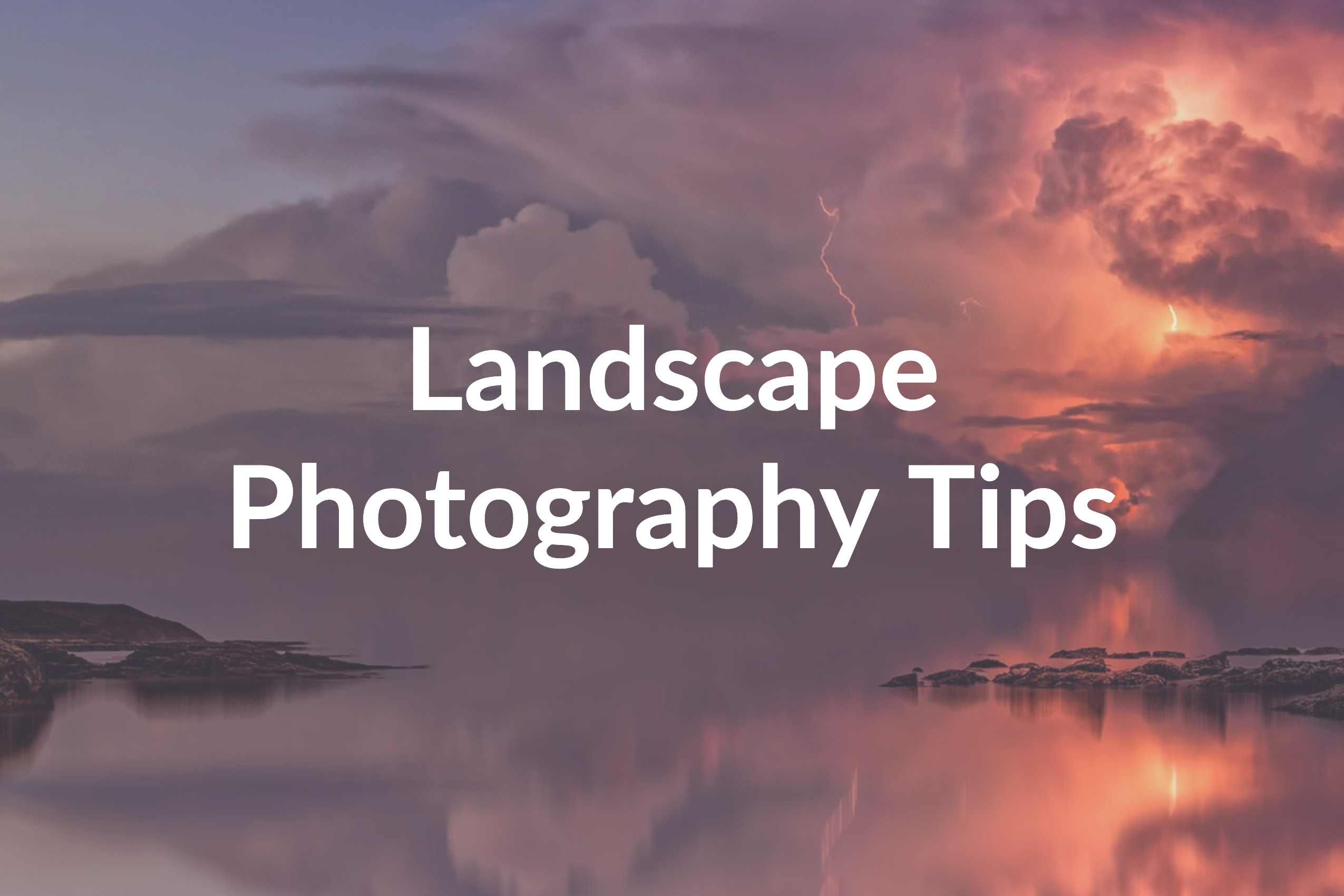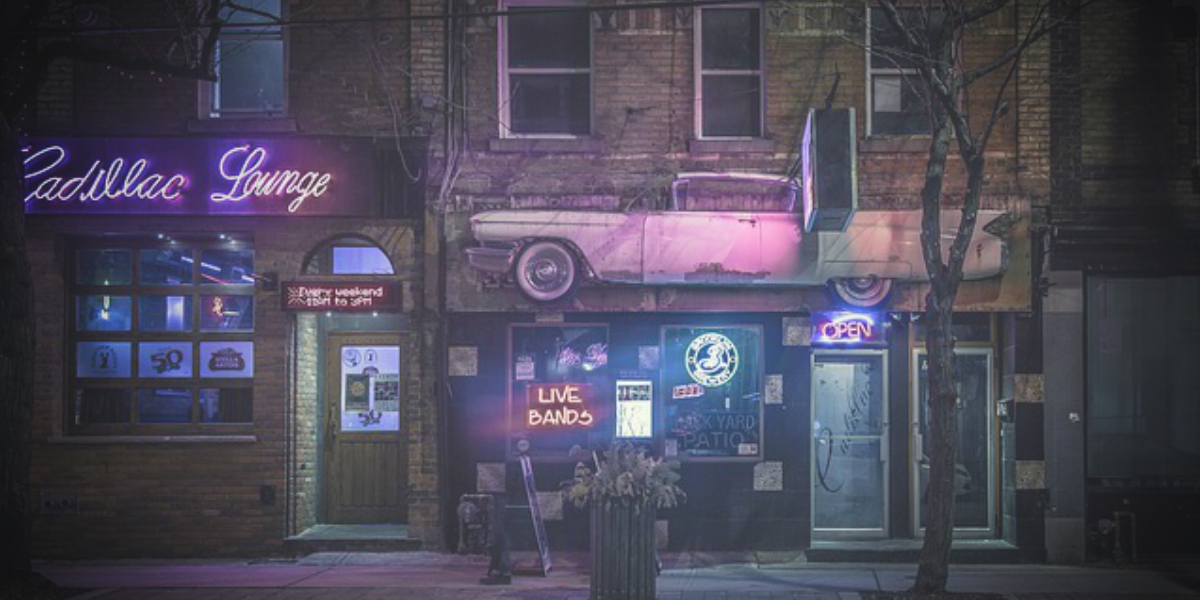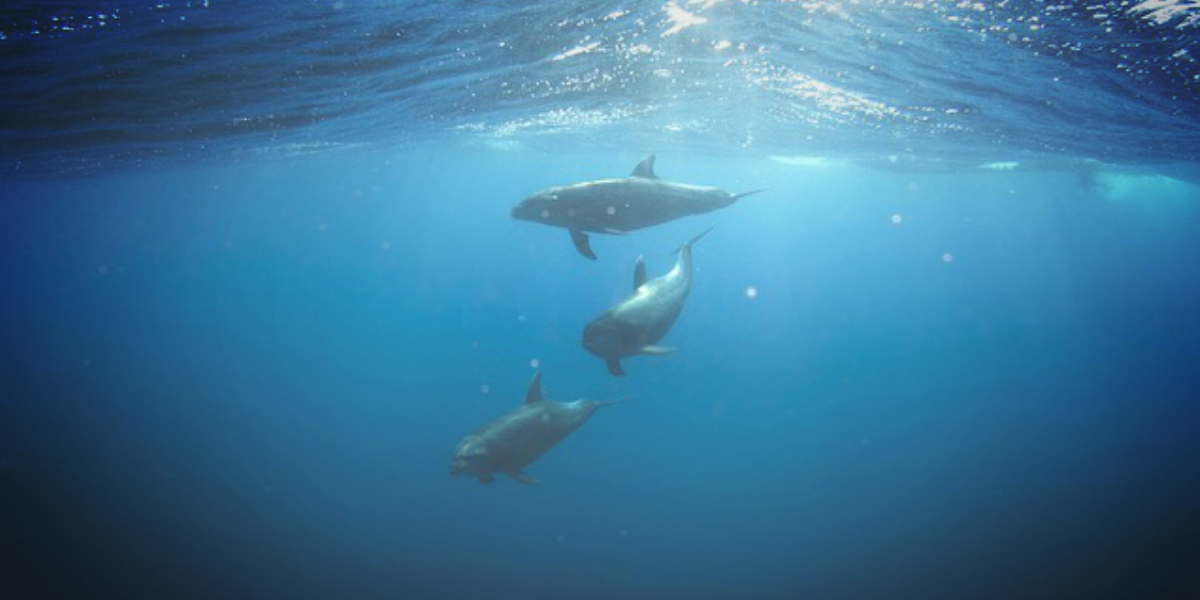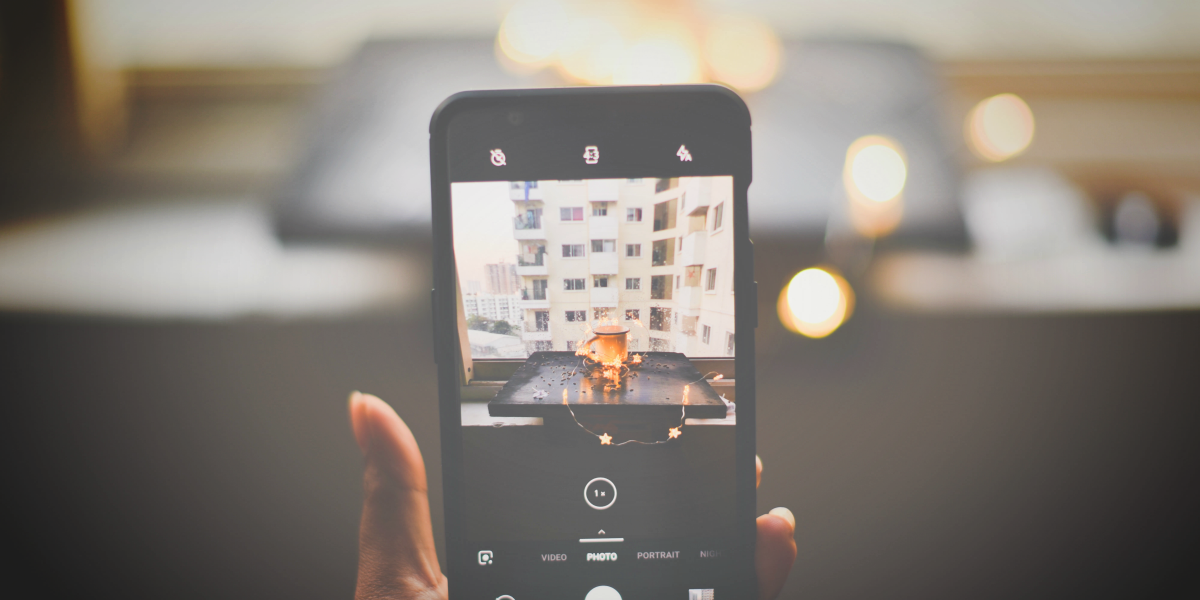Astrophotography: 6 Tips and Techniques for Beginners
Are you interested in the stars? If so, astrophotography may pique your interest and be your future in photography. Whether you’re a beginner, pro, or have been taking photographs for a while, and astrophotography requires a much different skill set and specialized equipment. Join us as we learn what astrophotography is, how to do it, and what equipment you will need.
What is Astrophotography?
Astrophotography is a form of photography which captures images of the night sky, celestial events, and astronomical objects. If you have ever seen a picture of a planet or our sun or moon, you were witnessing astrophotography. Other types of astrophotography images include images or events that would not be able to be seen with the human eye.
These photographs showcase images of galaxies, dim stars, the event horizon around a black hole, nebulae, etc. Only at the end of the late 19th century did advances in photography and technology create such highly detailed stellar images.
Many photographers who shoot the sky and stars create images out of a passion for photography and space. The goal for their amateur astronomy is to create stunning images which show the wonder of space, rather than for scientific data.
Decide What Your Passion Is
Although your focus may evolve as you practice the art of astrophotography; do you want to focus on more traditional planetary images or, are you interested in deep space photographs? These might include photographing interesting nebulae and distant galaxies or planets. If the latter is the case, your images may be harder to attain and require more strategy and fine-tuned equipment.
Some photographers shoot wide angle shots, while others combine or are interested in time-lapse astrophotography. Do you want long exposure shots, which might showcase action across the solar system? Or, do you prefer traditional star photos (such as those of the Milky Way galaxy)?
Prepare for Problems
At a traditional shoot, you may have to adjust models or work with natural light. When it comes to astrophotography, your challenges will include finding the right telescope, which editing software to use and how, as well as combating against light pollution and considering how star trails will impact your images. Think of these problems in advance and discover solutions so that you can arrive at your shoot prepared.
Camera
The good news is that you don’t need to spend thousands of dollars on a camera, but you do need a decent one! Look for a DSLR with (manual) controls, in addition to interchangeable lenses. These types of cameras should have low light sensitivity. The extra lens(es) that you purchase (in addition to the one provided with the camera) should have a wide aperture and a wide angle.
Light!
Since galaxy and space photographs are taken at night, a low light camera or headlamp can help you see what you are doing. This will assist as you locate tools and buttons or supplies, such as batteries from your camera bag.
Other times, photographers use small additional lights (even flashlights) to highlight and illuminate the landscape before them. This can help with astrophotography images which show the sky as well as the earth (as the foreground).
Filters
Filters can assist in limiting the extra light found in the sky. You can use filters to eliminate light pollution (especially if you are shooting near a crowded or well-populated city. If you’re interested in this type of filter, look for LPS filters or Light Pollution Suppression or CLS, City Light Suppression, etc.
Telescope
Choose a telescope that can be used with your DSLR camera. Begin with a telescope that has an Apochromatic Refractor with extra-low dispersion glass. These types of telescopes produce high-resolution images. Also, by choosing a small apochromatic telescope, it will have great color correct, a wide field (of view), adjust quickly to temperature, reduce condensation, and be lightweight and portable.
Of all the types of photography found online, many people have a particular fascination with the sky. Don’t let magazines and other publications use your astrophotography for free! Get credit for the photographs you take by using an algorithm based search at Berify.
At Berify, we have all the tools you need to reverse image search for your online photographers. Stop letting bloggers and editors use your work without linking to your website or photography bio. Protect your copyright and get credit for your work!
